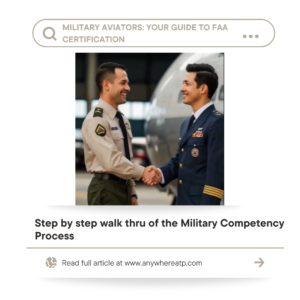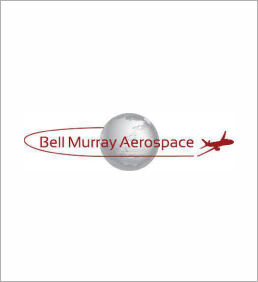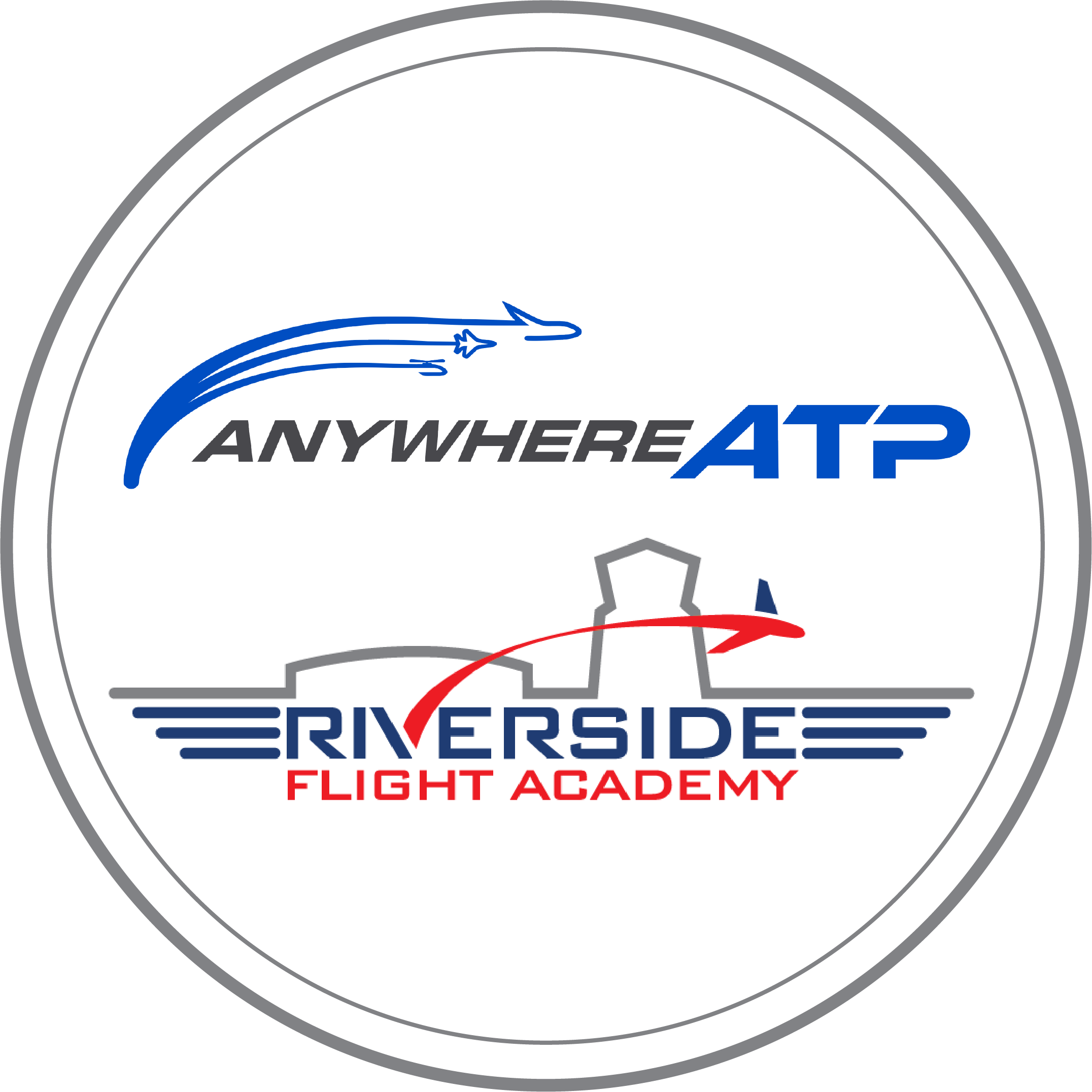
Transitioning from Military to Commercial Aviation: A Step-by-Step Guide to Getting Your FAA Qualifications
Transitioning from military to commercial aviation involves several steps, including converting your military experience into the necessary civilian certifications and successfully entering the commercial aviation industry. Here’s a step-by-step guide to help you navigate this process.
1. Evaluate Your Military Experience
Review
Determine how your military flight experience translates to civilian requirements. The FAA allows certain military pilots to qualify for commercial pilot certificates based on their military training and experience.
Action:
Gather your military flight records and logbooks.
Review FAA’s Military Competency to see what FAA qualifications you qualify for after taking the MCN exam.
2. Obtain the Necessary Certifications
Review
Acquire the required FAA certifications to become a commercial pilot. This typically includes the Commercial Pilot License (CPL) and possibly an Airline Transport Pilot (ATP) certificate.
Action:
Commercial Pilot License (CPL): You may need additional training if your military experience does not cover all requirements.
Military Competence Exam: If eligible, take the Military Competence Exam to convert your military credentials to an FAA CPL.
Instrument Rating: Ensure you have an Instrument Rating, which is necessary for commercial pilots.
Multi-Engine Rating: Many commercial aircraft have multiple engines, so obtaining this rating may be beneficial.
3. Complete Additional Training if Necessary
Step:
Enroll in a flight school or training program to fill any gaps in your qualifications.
Action:
Find an FAA-approved flight school that offers courses tailored to military pilots transitioning to civilian aviation.
Complete any additional flight hours or specific training required by the FAA.
4. Build Flight Hours
Step:
Accumulate the necessary flight hours required for commercial aviation.
Action:
Engage in time-building activities such as instructing, flying for regional carriers, or participating in other aviation-related jobs.
Network with aviation professionals to find opportunities to build flight hours.
5. Prepare for the Airline Transport Pilot (ATP) Certificate
Step:
The ATP certificate is often required for airline pilot positions.
Action:
Enroll in an ATP Certification Training Program (CTP).
Pass the ATP written and practical exams.
6. Job Search and Networking
Step:
Begin your job search and network within the aviation industry.
Action:
Join professional organizations such as the Aircraft Owners and Pilots Association (AOPA) and the Experimental Aircraft Association (EAA).
Attend industry conferences, job fairs, and networking events.
Utilize online job portals and networking sites like LinkedIn to connect with potential employers.
7. Prepare for Airline Interviews
Step:
Get ready for airline-specific hiring processes and interviews.
Action:
Practice technical and HR interview questions.
Participate in simulator assessments and psychological evaluations if required.
Prepare a professional resume and cover letter highlighting your military experience and civilian certifications.
8. Understand the Civilian Work Environment
Step:
Adjust to the civilian aviation work culture, which can differ significantly from the military environment.
Action:
Develop strong communication and interpersonal skills.
Learn about the operational procedures and regulatory environment of civilian aviation.
Conclusion
Transitioning from military to commercial aviation is a structured process that involves converting your military experience into civilian qualifications, gaining additional training, building flight hours, and navigating the job market. By following these steps, military pilots can successfully transition to rewarding careers in commercial aviation.
© 2024.Anywhereatp, LLC all rights reserved
Number of seats
Category ATP CTP




